In the days before Game of Thrones, the citizens of Madrid were kept entertained by jousting matches, bullfights, executions and autos de fe in the Plaza Mayor. The autos de fe, being public trials put on by the usually secretive Spanish Inquisition, were perhaps the most thrilling of all, for over the course of the day you were free to ogle the accused while hearing juicy details about all manner of scandalous behaviour. Bigamy, sorcery, and adultery were all on the menu, however, the most heinous crime of all was denial of the Catholic faith. On 30 June 1680, a beautiful young Jewish girl shocked the crowd when she cried out to the queen asking why she should be condemned to death for being faithful to the religion she’d been raised to follow. She, of course, would be burnt alive at the stake.
Such outbursts were rare, partly due to the fact that the Inquisition often gagged the unrepentant to avoid scandal. That’s not to say they had no chance to escape the flames; the accused were informed of their sentence before the trial and if they truly repented before facing the public could have their punishment downgraded to a prison sentence. All accused were presumed guilty. Some, like the plucky girl mentioned, preferred to stick to their guns. At the same trial, pictured above, 18 unrepentant Jews, one Muslim and an apostate were condemned to death. This sentence was carried out next day at the “quemadura” in an event that was also open to the public. Priests would encourage the condemned to repent by roasting them alive over the flames while the public looked on or hurled the odd stone at these unfortunate victims of religious persecution. If you repented during the trial they hung or garroted you before tossing you on the flames. Some were spared the death sentence. At this particular trial a man and woman repented during the proceedings. Candles were lit, songs of praise sung and everyone applauded. Against custom, they did not face the flames.
These days the Inquisition has rightly been condemned for its brutality, but it’s important to bear in mind that at the same trial, 50 repentant Jews were given prison sentences, while those accused of bigamy, sorcery and other crimes got off with a public flogging, being put in the stocks or sent into exile. Some historians have pointed out that that the image we have of the Inquisition today is coloured by a smear campaign carried out by northern European protestant countries who liked to paint their Catholic cousins as being more barbaric, while in reality the members of the Inquisition were far less bloodthirsty than those responsible for the witch trials in Germany.
The enlightened but widely despised Joseph Bonaparte put an end to the Inquisition, banning it in 1808. It was briefly revived by Fernando VII in 1823, but again abolished on his death 1833. If you want to read more, most of the information for this post was culled from Hidden Madrid and The Spanish Inquisition: A History. The above painting hangs in the Prado.
Keen to find out more about the history of Madrid? See another side of the city with one of my unique walking tours.
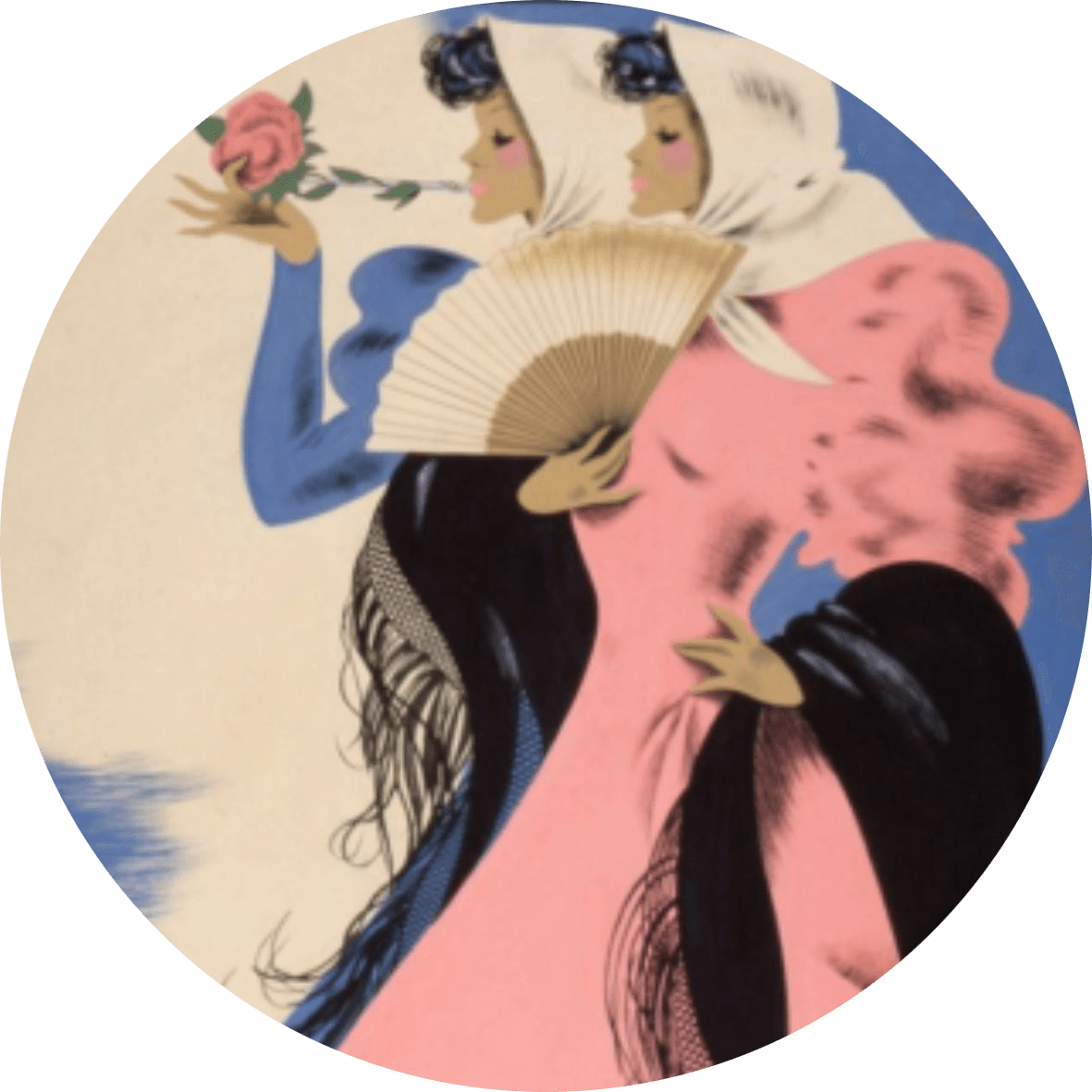
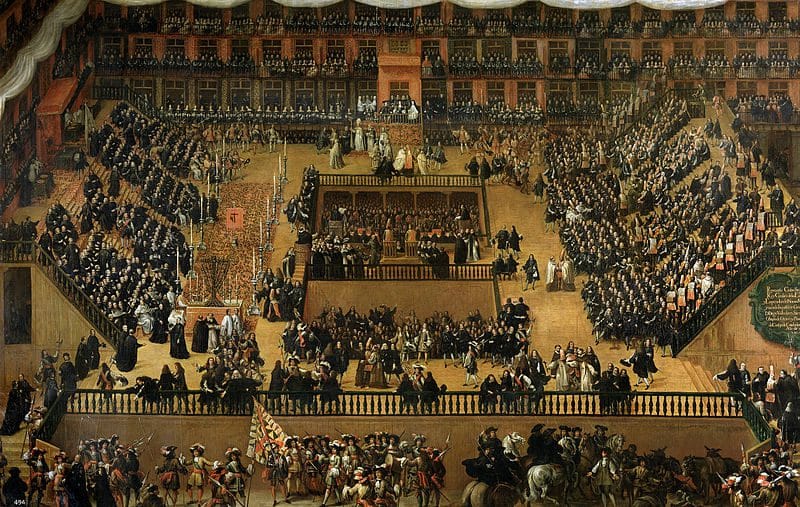

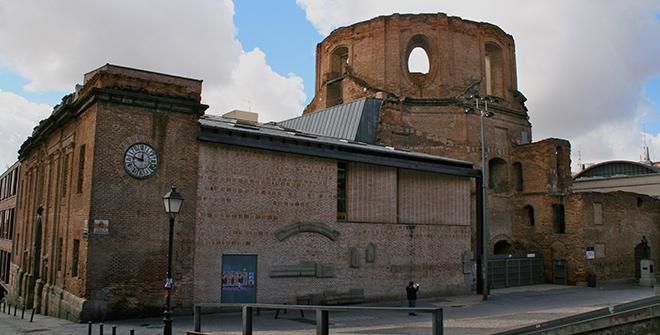
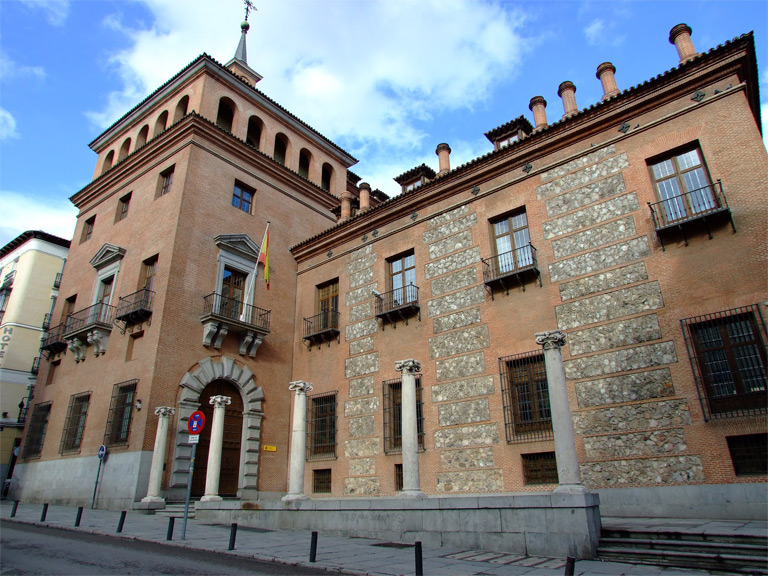
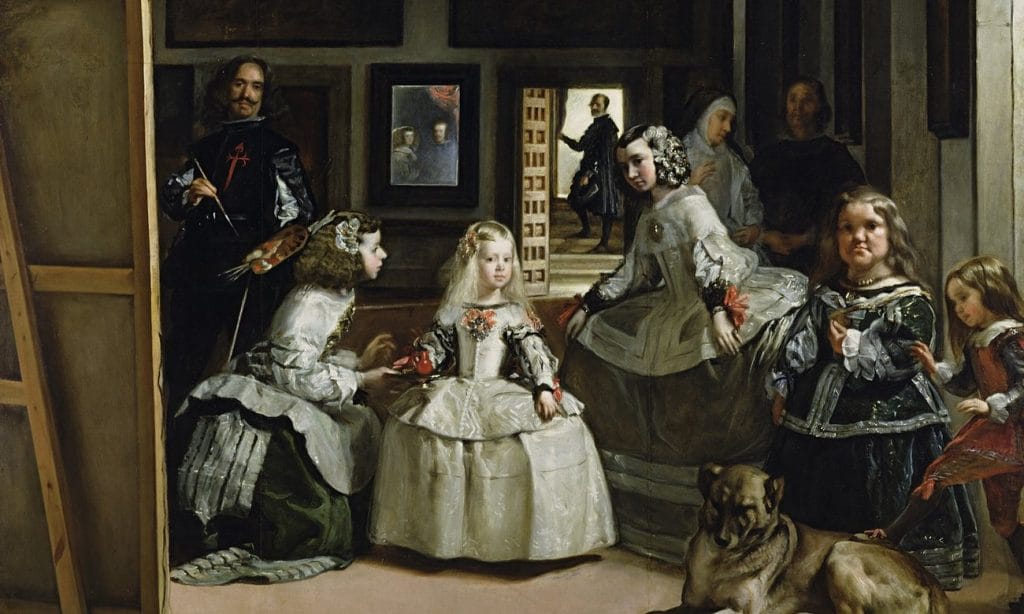
Pingback: How to embrace your inner critic - Felicity Hughes
Pingback: Three Myths About the Spanish Inquisition - The Making of Madrid
Pingback: Opinion | Why Jews Cannot Stop Shaking Right Now
Pingback: A History of Chocolate and Churros - The Making of Madrid
Pingback: Books about Madrid - The Making of Madrid
Pingback: A Jewish History of Madrid - The Making of Madrid